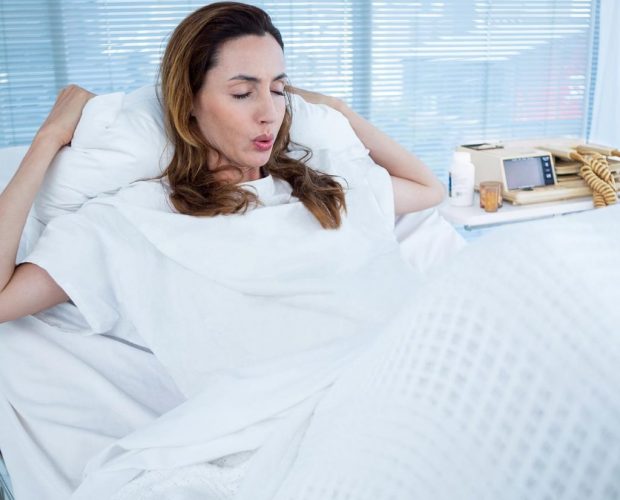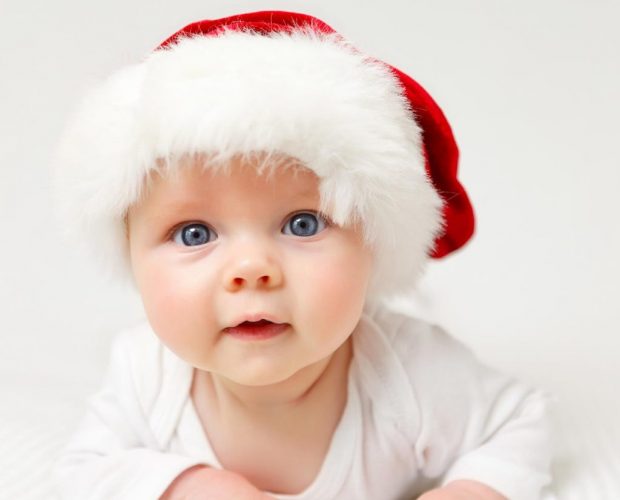Being pregnant and giving birth can be both emotional and overwhelming. We are told the excitement of becoming a mum for the first time (or again) is meant to be one of the happiest days of our lives – but for some, due to all sorts of reasons such as a traumatic birth or a sleepless baby, it isn’t always the case. It is normal to get a dose of the baby blues a few days after giving birth – but for some women negative feelings and sadness do not go away and can lead to postnatal depression, which if left untreated can be very serious. Baby Blues Approximately 8 in 10 new mothers will have a case of the baby blues soon after giving birth which is a result of hormone levels fluctuating. Feeling sad for no reason and completely overwhelmed are common traits of the baby blues, but within a few days this normally settles down. If these feelings do not subside and they get worse then it could mean the development of postnatal depression. Some of the common postnatal depression symptoms include: inability to cope guilt low self esteem lack of appetite frequent crying feelings of anxiety suicidal thoughts Treatment If you are experiencing symptoms of postnatal depression speak to your family and share how you feel, and tell your Obstetrician as they will be able to get you help and get it properly diagnosed as quickly and effectively as possible. Remember regardless of what you may read, postnatal depression is real. It is a condition and it does not mean you are not a good mother. If you’d like to discuss postnatal depression in more detail with an experienced obstetrician, please feel free to contact us for a consultation.












